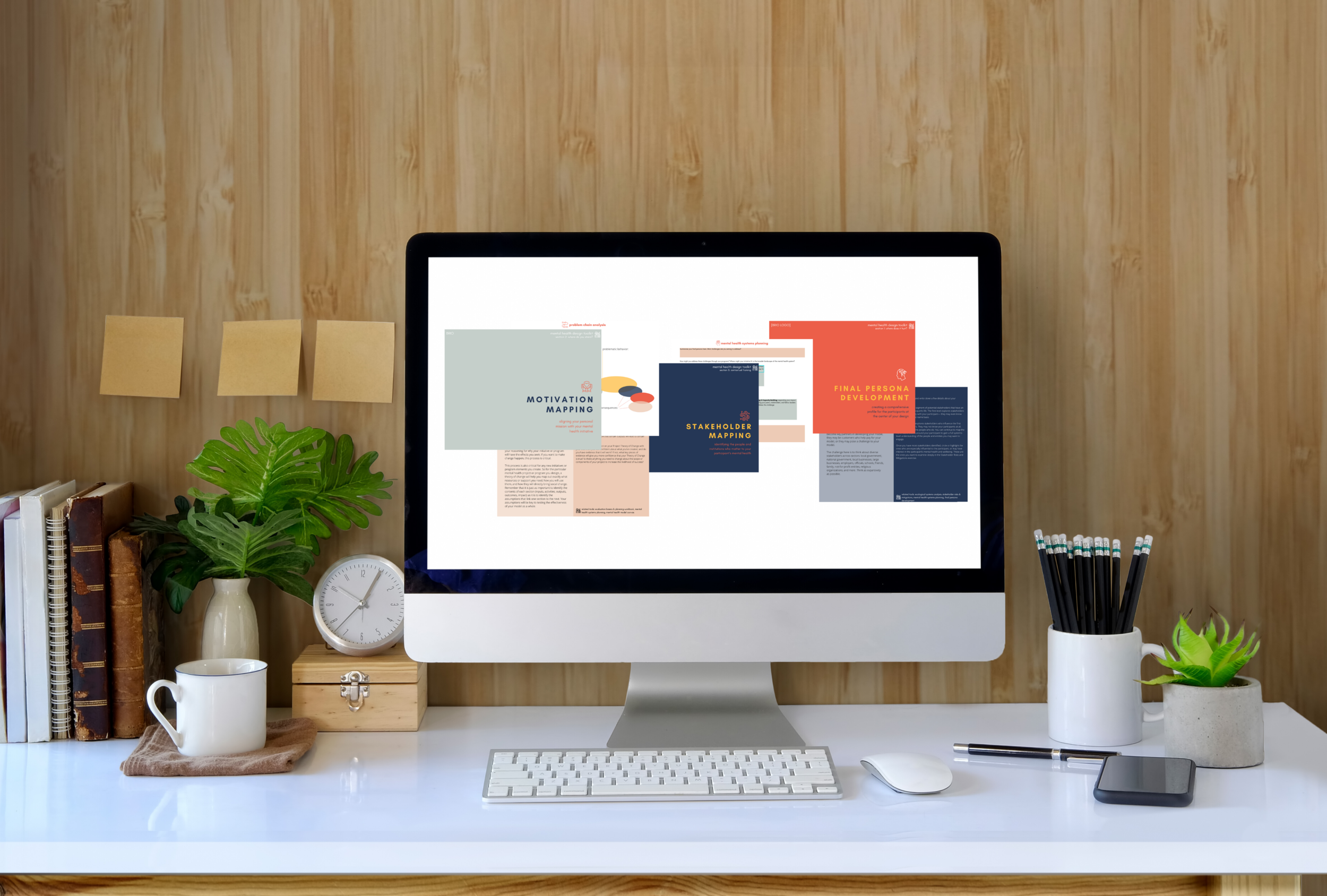
Start your mental health design process today.
The mental health design toolkit is divided into 4 main modules.
Each module offers important processes and practices that give you the clarity and comprehensive understanding you need in order to create an effective project or program.
We recommend that you use the tools in order, and return to them frequently as you experiment, learn and adapt.
1) Where does it hurt?
Challenges to mental health and wellbeing frequently defy simple diagnostic categories. This module helps you identify the specific pain points to address, and how to design for real participants.
2) Where do you stand?
How does mental health fit into your current mission and strategy? What strengths do you bring to creating a new program, and where might you need to partner with others? This module helps you take a comprehensive, honest look at where your current organization intersects with the challenges you hope to address.
3) Contextual framing
This module explores the contextual elements that are most likely to influence the mental health and wellbeing of your participants. Clearly identifying and analyzing related issues and stakeholders will directly enhance the effectiveness of your program.
4) Model design
This module ties it all together. In addition to program planning, you will identify your role in the broader mental health system, create an evaluation strategy, explore pathways to financial sustainability, and much more.




